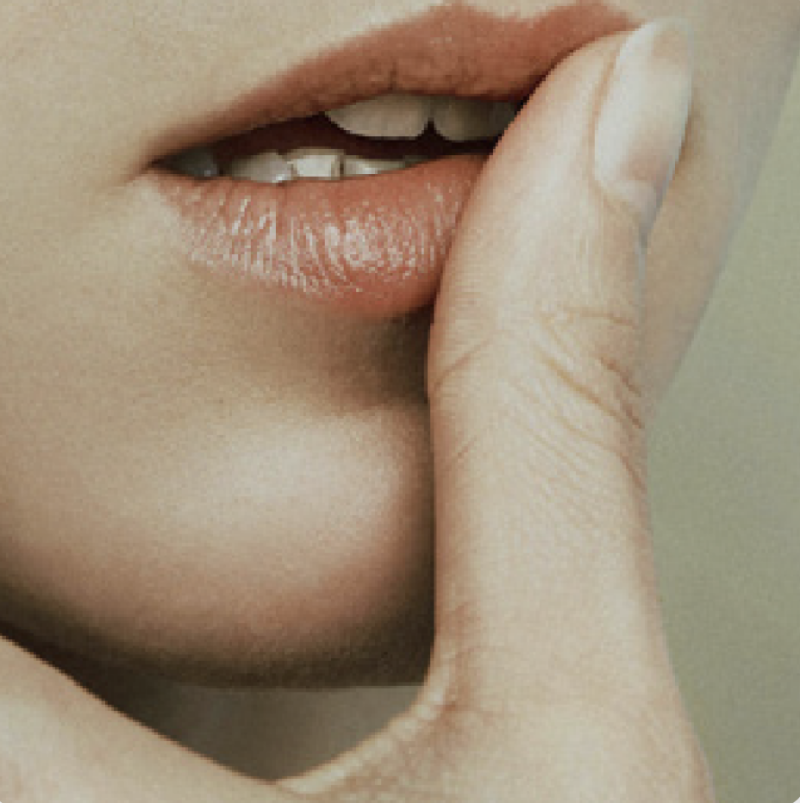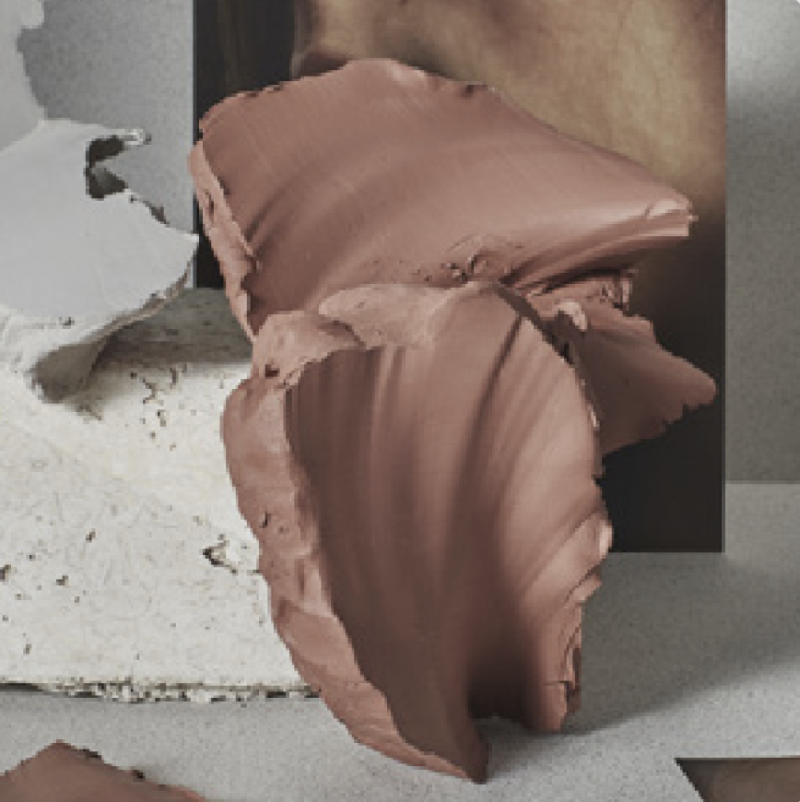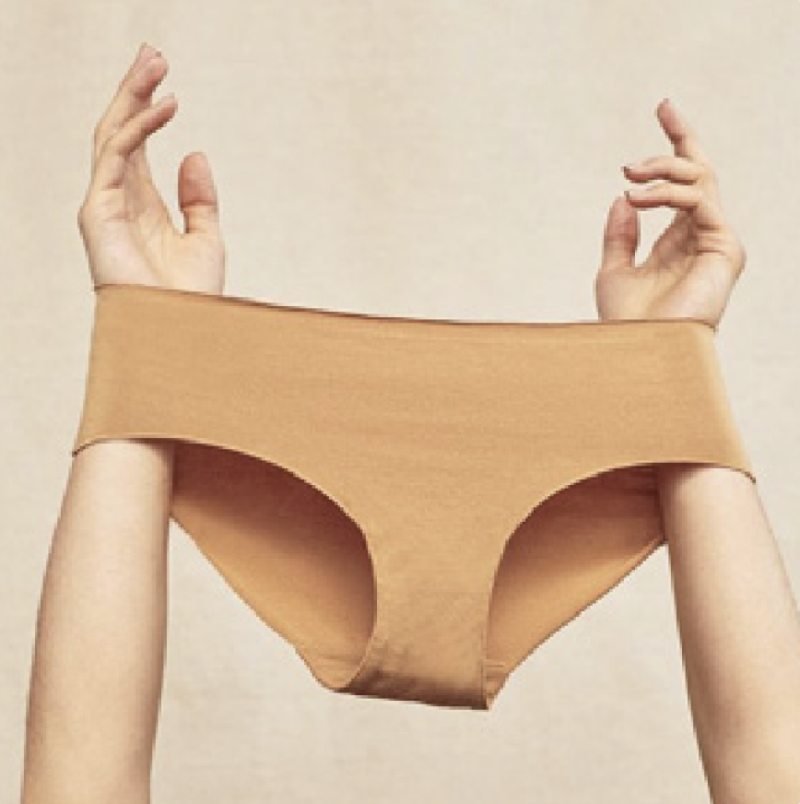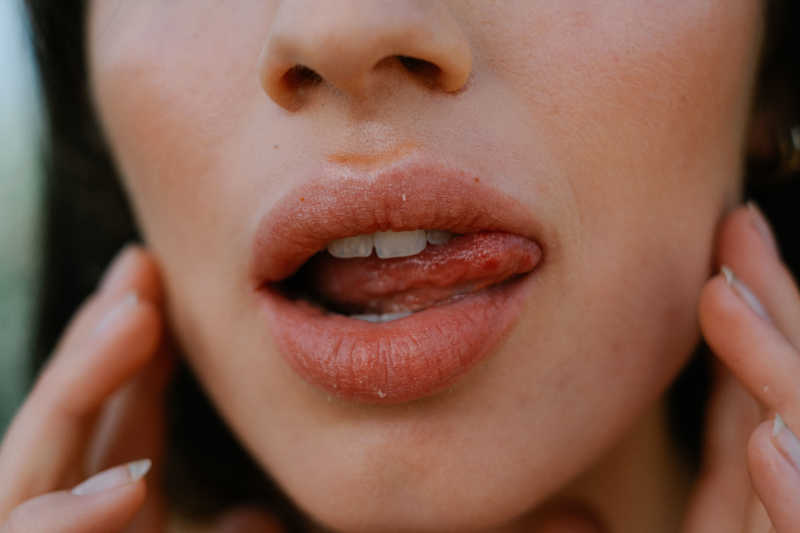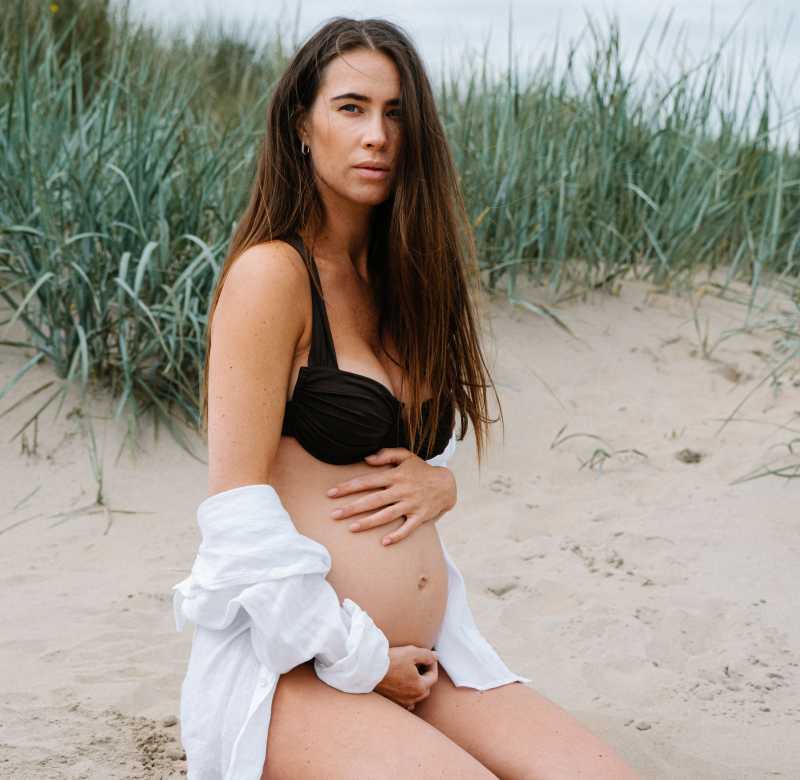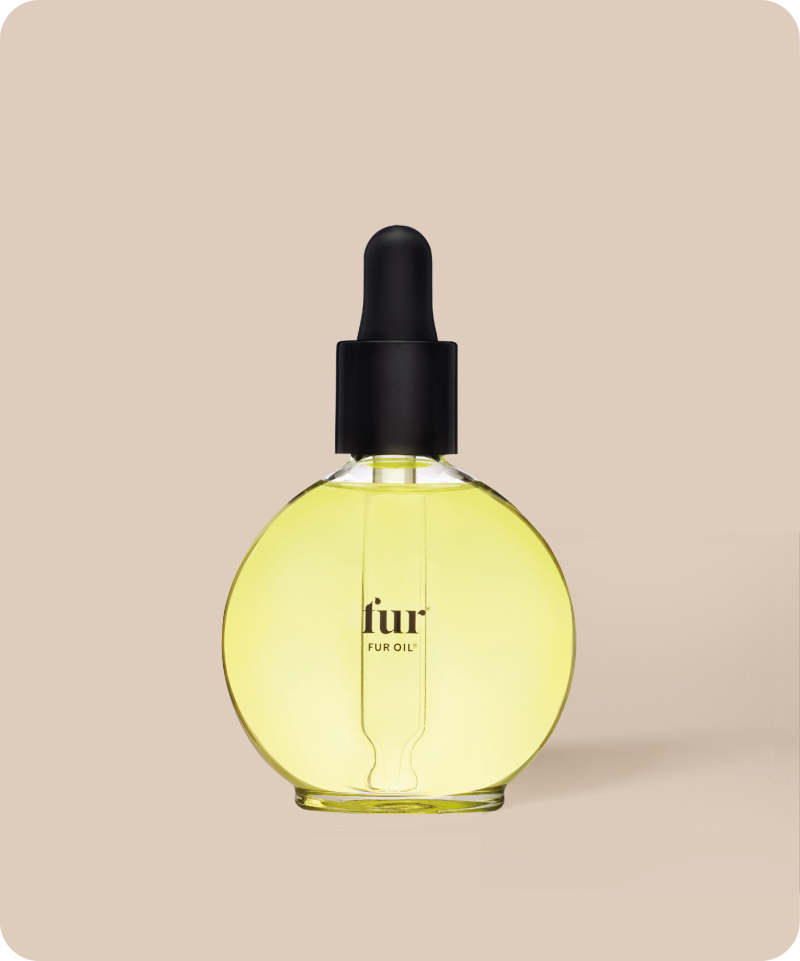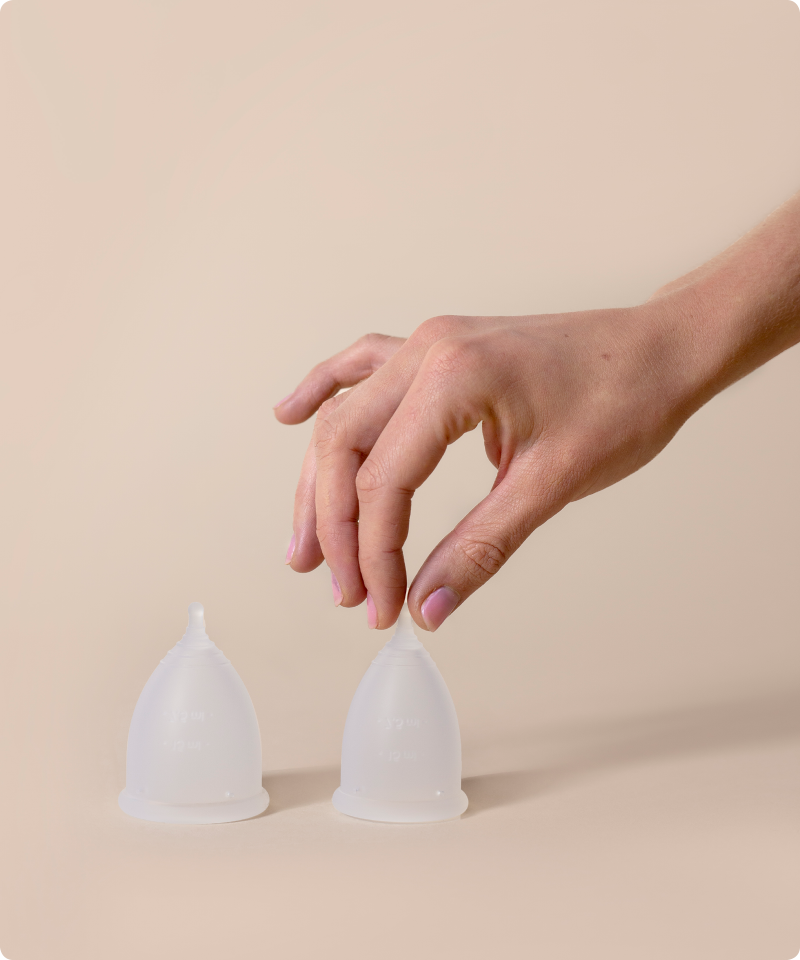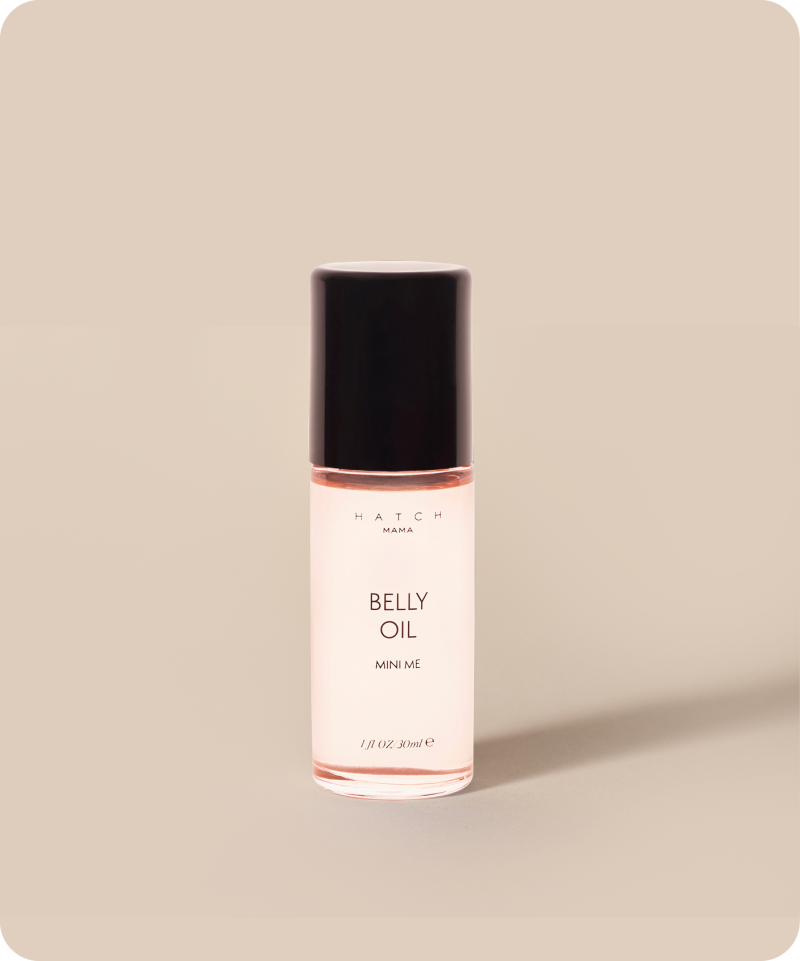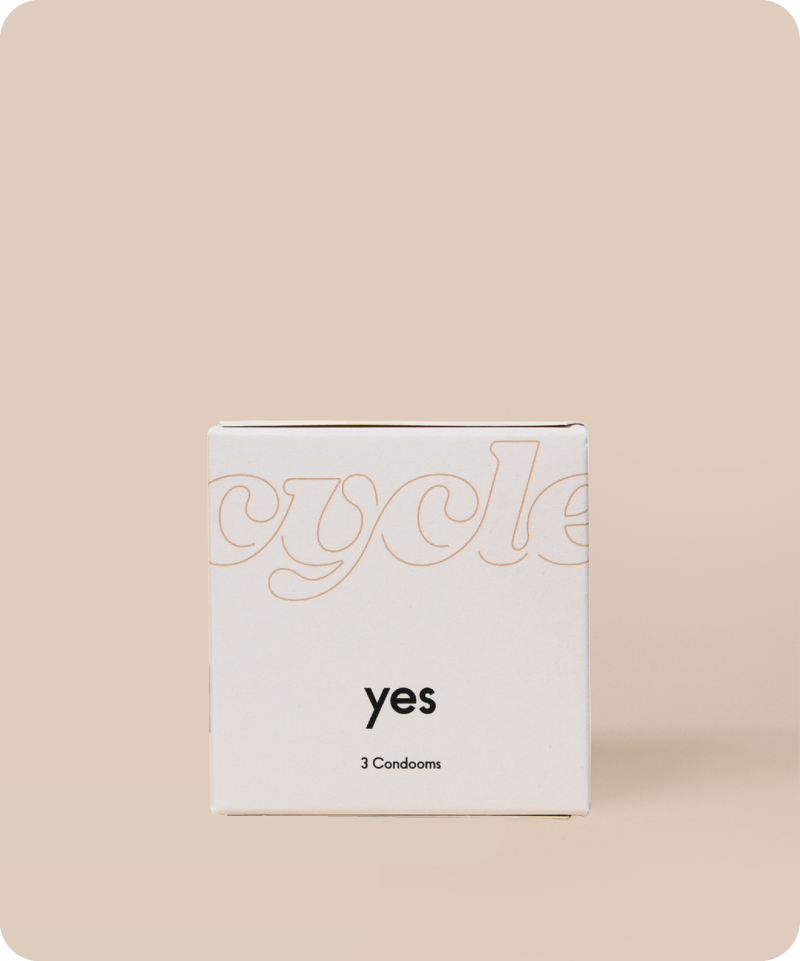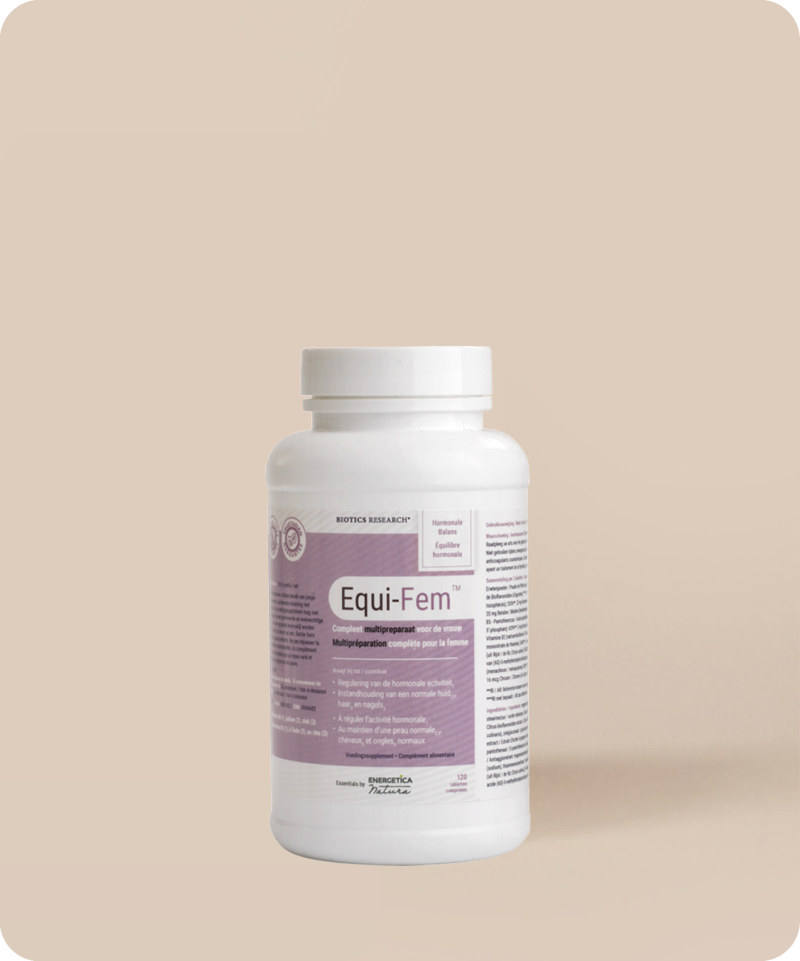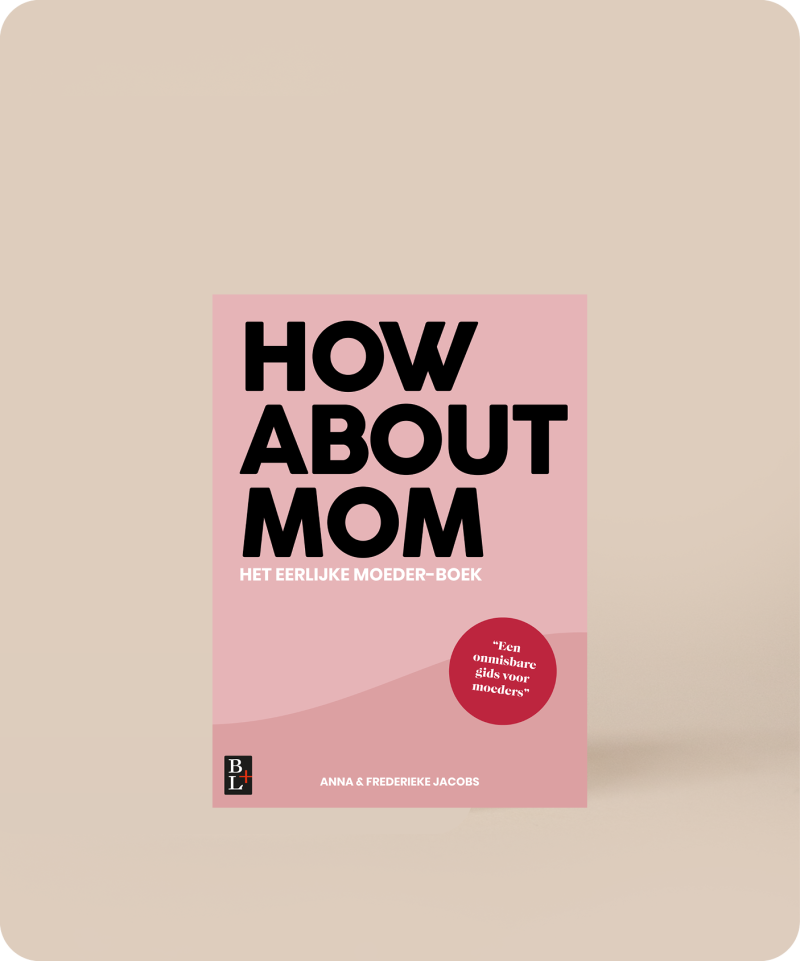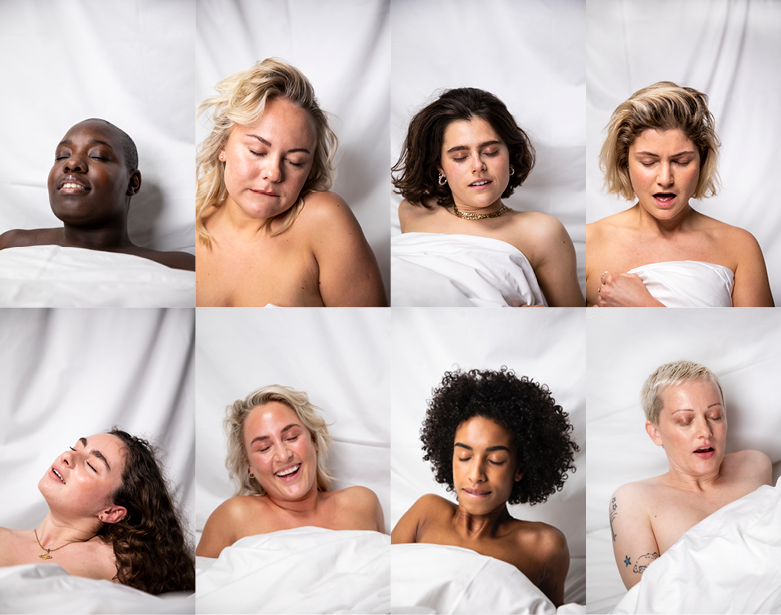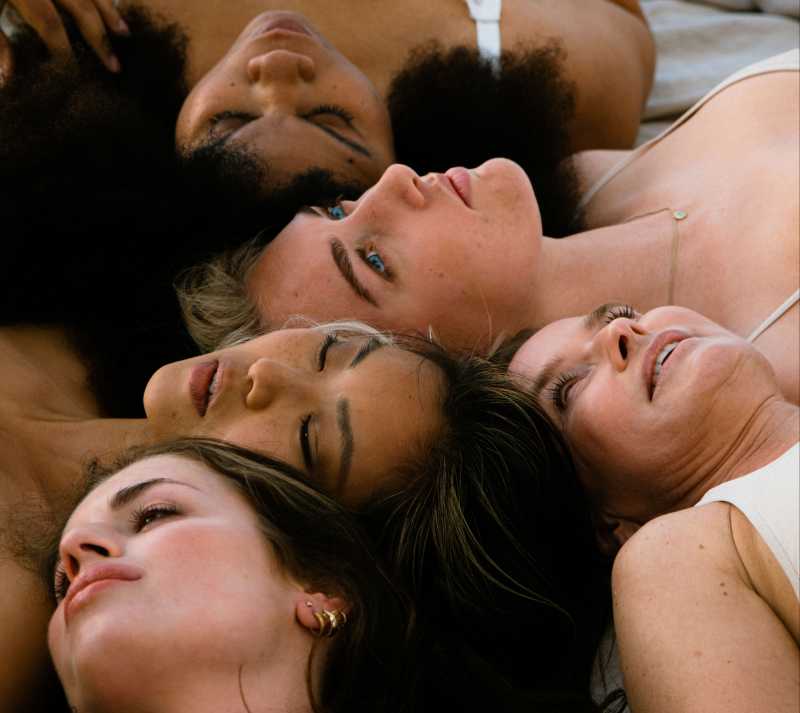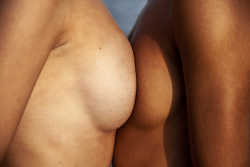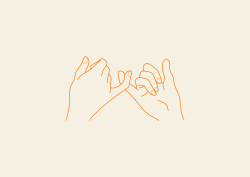Breast self-exam: 6 steps to check your breasts
Research* has shown that only 38% of women in the Netherlands check their breasts once a month. And this while 73% of women believe self-examination to be effective in detecting early-stage breast cancer. One of the reasons why so few women check their own breasts is because they simply don’t know how to. Cycle has made a list with all the steps on how to feel, but certainly also how to look!
It’s important to check your breasts once in a while, but what do you look for during a self-exam?
Throughout your life, your breasts continue to develop. Sometimes they are a bit larger than usual. For example, when you gained a little weight or during your period. And chances are, your breasts aren’t 100% symmetrical either. In fact, it’s actually quite normal for your breasts to vary in size a little. This fact has everything to do with our hormone fluctuations, but there are definitely a couple of things to look out for:
Unusual lumps in or on your breasts
Hardened breasts
Painful spot(s) in your breasts
Spots that feel different than usual
Red or dry flaky nipple
Retracted nipple (unless this is something you’ve always had)
Nipple discharge
The breast is red and feels warm
The skin of the breast feels different or odd
Spots where the glandular tissue feels different are painful
The shape or size of the breast is different
Thick vein(s) in the breast
Swelling, glands in the armpit
Chances are, you don’t check your own breasts simply because you’re not used to doing so and you don’t quite know how to perform a self-exam either. To help you out a little, we’ve made a list with all the steps. Note: the tissue under your skin can feel a little lumpy. This is due to the glandular tissue (the mammary glands) in your breasts and this is completely normal so don’t worry. We recommend checking your breasts a week after your period. During this time, they are the least swollen, making it easier to see and feel any abnormalities.
Step 1 - take your time
Choose a position - standing, sitting, or lying - and a place where you feel comfortable performing a self-exam. Using an oil, such as our Boob’s Essential oil, or a body lotion, makes it easier for your hands to glide around your breasts.
Step 2 - observe them girl!
Observe your breasts. Stand in front of a mirror and let your arms hang besides your body. Relax, take all the time you need. Do your breasts still look the same as last time or are there any changes in size, shape, skin, and/or nipple(s)? Repeat the same, but hold your arm behind your head this time. To make comparing easier, write down what you see, or take a picture of your breasts.
Step 3 - inspect your nipples
Observe and check your nipple and the surrounding area. Carefully pull your nipple a little to check, your nipple should move easily. If your nipple doesn’t move at all it can be a sign something is out of order, but this is a worst-case scenario. If your nipples have always been retracted, this doesn’t apply to you.
Step 4 - feel
Coat one of your hands with an oil or body lotion and place your other arm behind your head. It is important that your chest muscles are relaxed. In your mind, divide your breasts into four equal parts and with three tightened fingers - which you hold together, like the hunger games hand sign - move around your breasts in circular motions. Always start at the top right and from the outside towards your nipple. By always starting at the top right and rotating clockwise towards your nipple, you can be certain you don’t miss any spots. Also check your armpit and the area between your armpit and breasts using that same circular motion.
Step 5 - up and down
Leave your arm behind your head for now and instead of circular motions, move your fingers up and down your breasts using the same hand position. Start near your collarbone and continue down to the lower edge of your breasts to make sure you don’t miss any spots. Use varying amounts of pressure while following this step: light, medium, and heavy.
Step 6 - now the other side
Repeat the steps, but now focus on the other breast. Repeat this self-exam once a month.
Are you a visual learner? Watch this video tutorial on how to perform a self-exam.
‘1 in 7 women in the Netherlands is diagnosed with breast cancer’
An abnormality in your breasts often indicates the presence of a cyst. In 75% of the cases, lumps or other changes in the breasts do not appear to be cancerous. But a monthly check up will help to catch any form of malignancy quickly.
In the Netherlands, 1 in 7 women is diagnosed with breast cancer. Fortunately, the chances of survival have increased considerably in recent decades. Nevertheless, more than 3,000 people still pass away every year from this horrible disease. This is why it’s important to perform monthly breast self-exams, and moreover, to keep looking out for your breasts. Performing a monthly check up, will help you to familiarize yourself with your breasts and detect possible changes more quickly. Do you have any questions or concerns for your breasts? Make an appointment with your GP to discuss your concerns/questions. Better to be safe than sorry!
Did you know that wearing wrong-size bras can cause symptoms? Don’t know how to check if you’re wearing the right size? Then read this article.
*Research Kantar for Etos 2021
